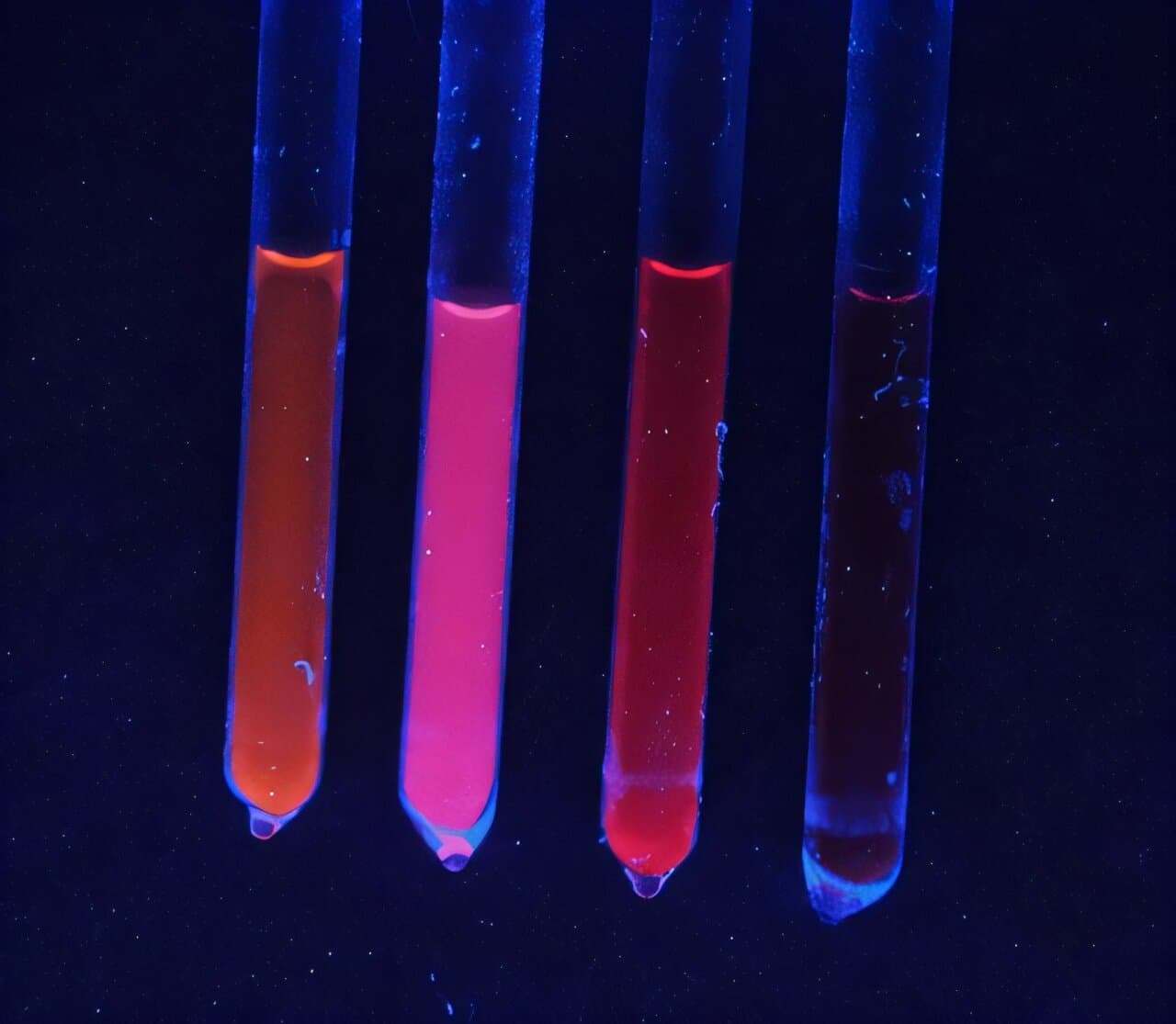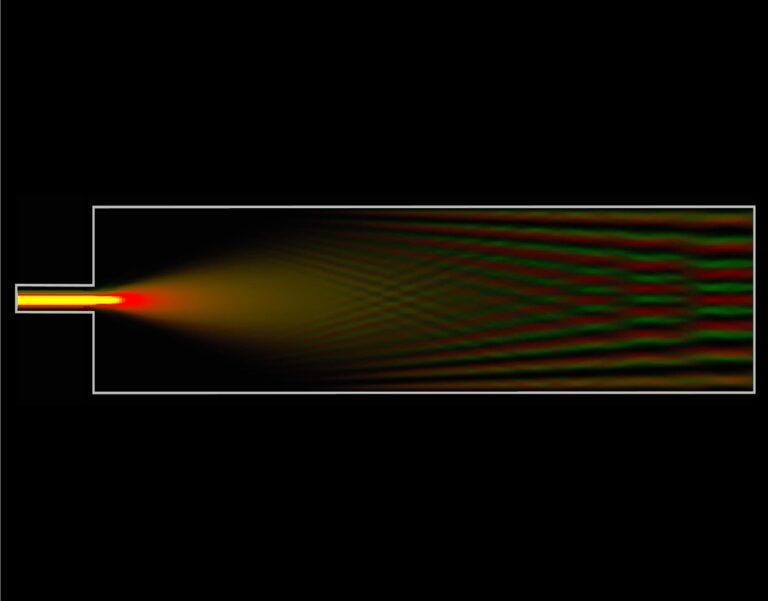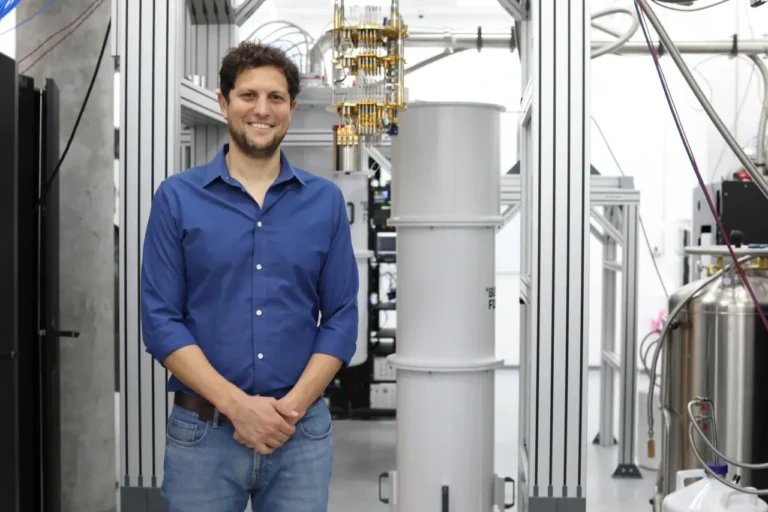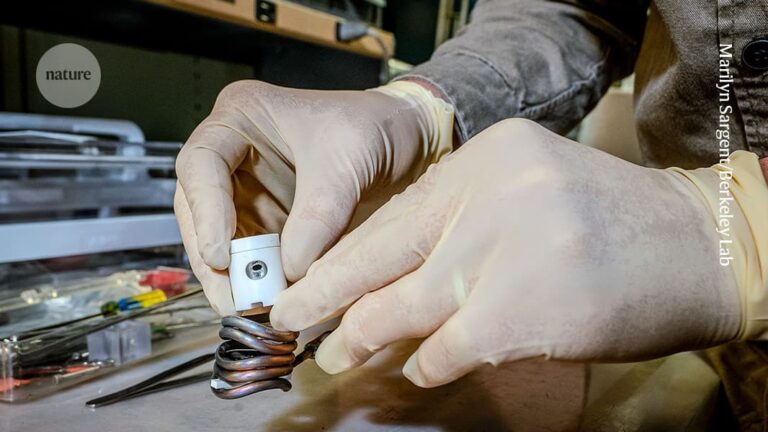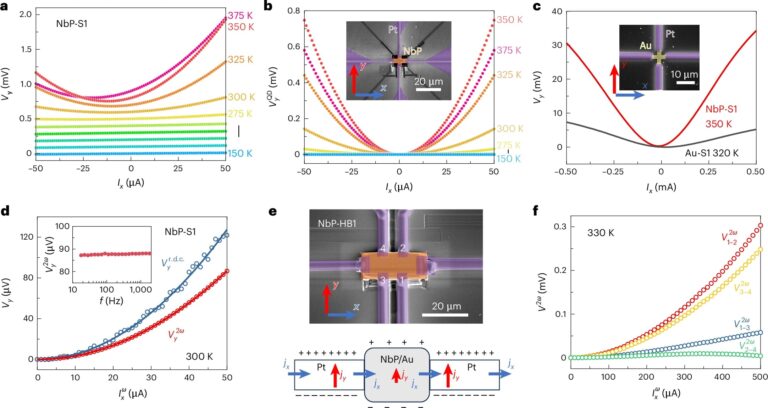The Future is Here: Revolutionary New Technique Creates Quantum Dots Like Never Before!
Quantum dots, a type of semiconductive nanocrystal, are advancing both scientific research and practical tech applications, such as QLED displays, lasers, solar cells, medical devices, and other electronics. A recent study published in Science reveals a new, more efficient method for creating these nanocrystals and opens up possibilities for discovering new materials.
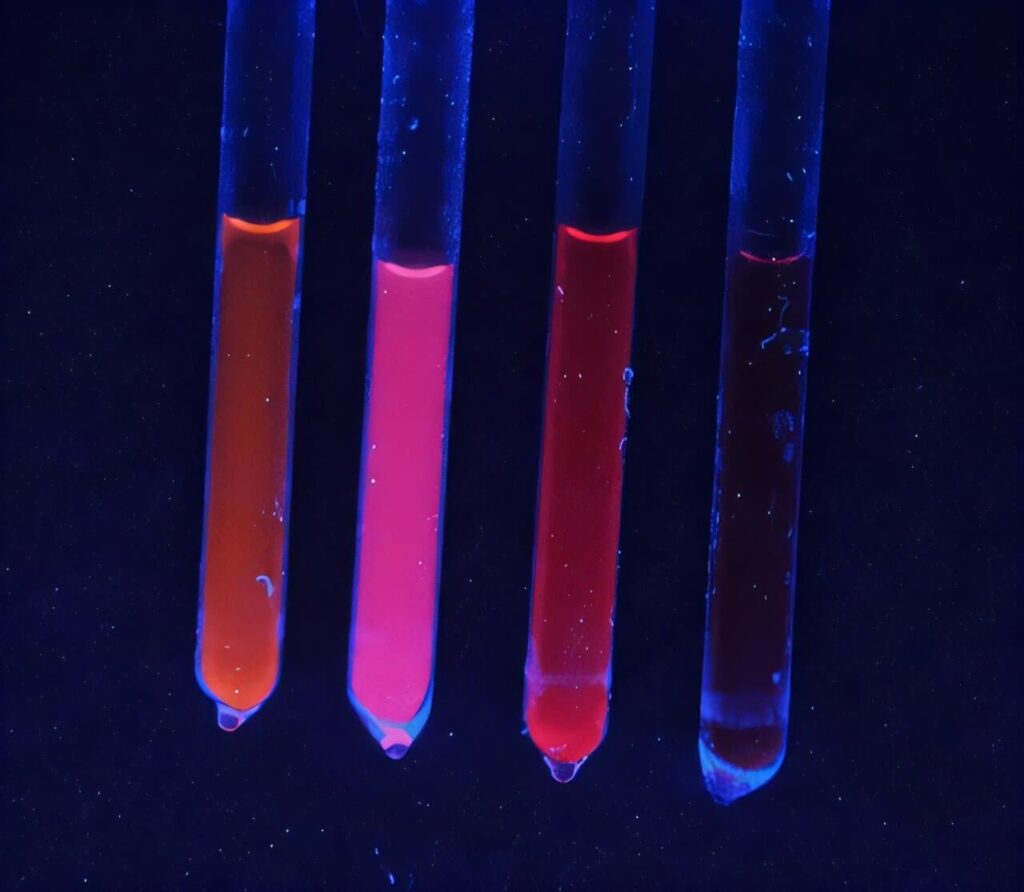
GaAs quantum dots gown by team. Image Credits: University of Chicago/Talapin Lab
The research team, including scientists from the University of Chicago, UC Berkeley, Northwestern, University of Colorado Boulder, and Argonne National Laboratory, developed this method by swapping traditional organic solvents with molten salt—heated sodium chloride, like table salt at high temperatures. “Sodium chloride isn’t usually liquid, but at a very high temperature, it behaves like water,” explained Prof. Dmitri Talapin of UChicago.
The reason scientists were able to make this breakthrough is that molten salt can handle extremely high temperatures, which are needed to create certain types of quantum dots. This opens up a whole new world of possibilities for researchers, who can now explore new materials and create new devices.
The researchers are excited about the possibilities that this new technique offers. They believe that it could lead to the development of faster and more efficient computers, as well as new technologies that we can’t even imagine yet.
One of the researchers, Justin Ondry, said, “This breakthrough is like discovering a new era of materials. Just as the Bronze Age and Iron Age were defined by the materials available to humans, this new technique could lead to a new era of technological advancements.”
The team’s discovery is also significant because it challenges conventional wisdom about how to create quantum dots. For a long time, scientists thought that certain types of salt were not suitable for creating these tiny crystals, but the researchers have proven them wrong.
Overall, this breakthrough is an exciting development in the field of materials science, and it has the potential to lead to many new and innovative technologies.
